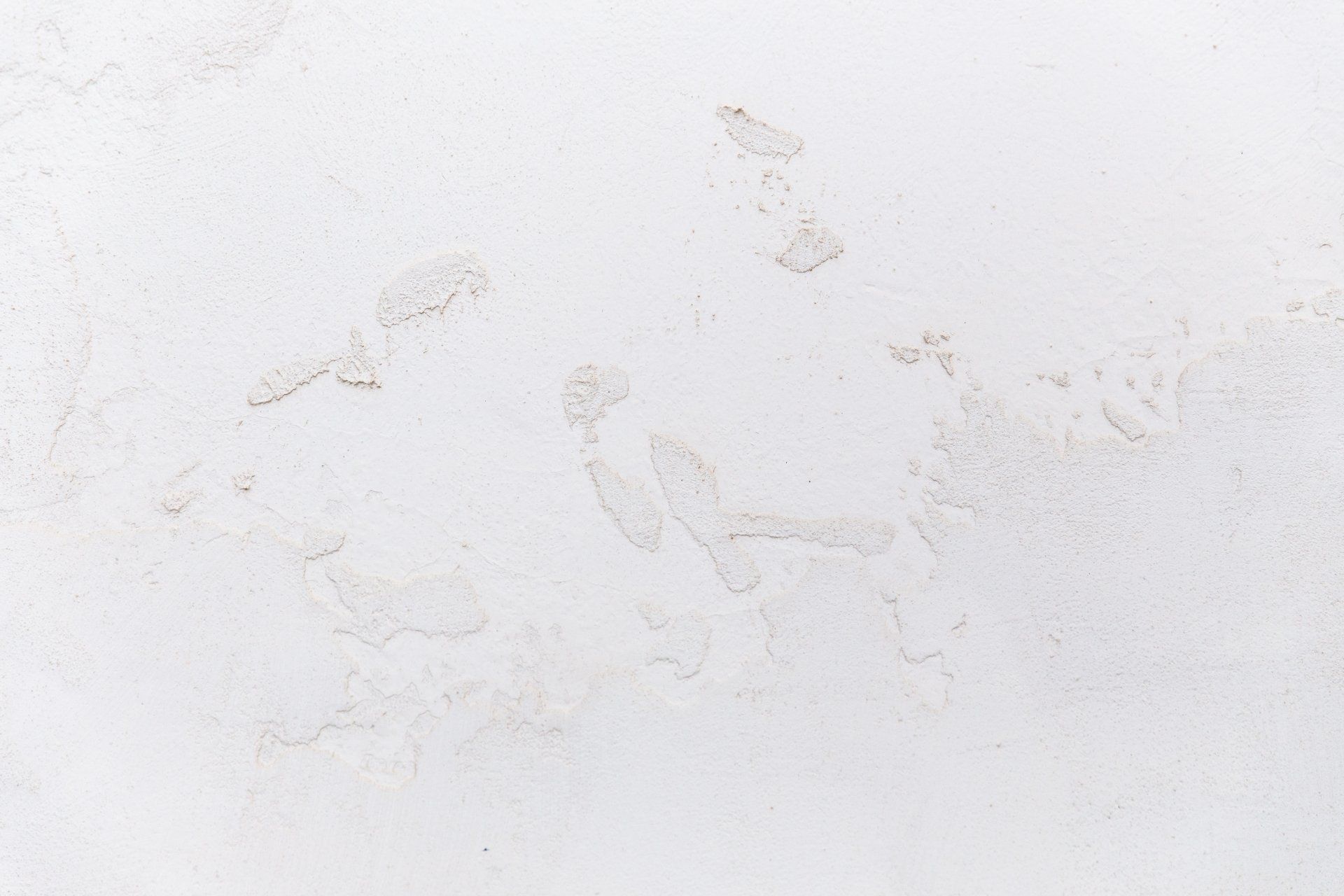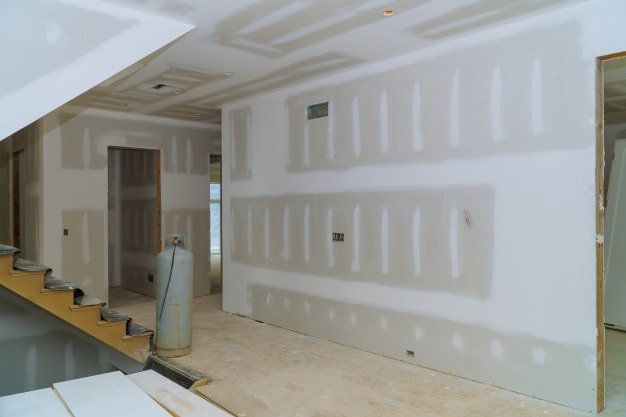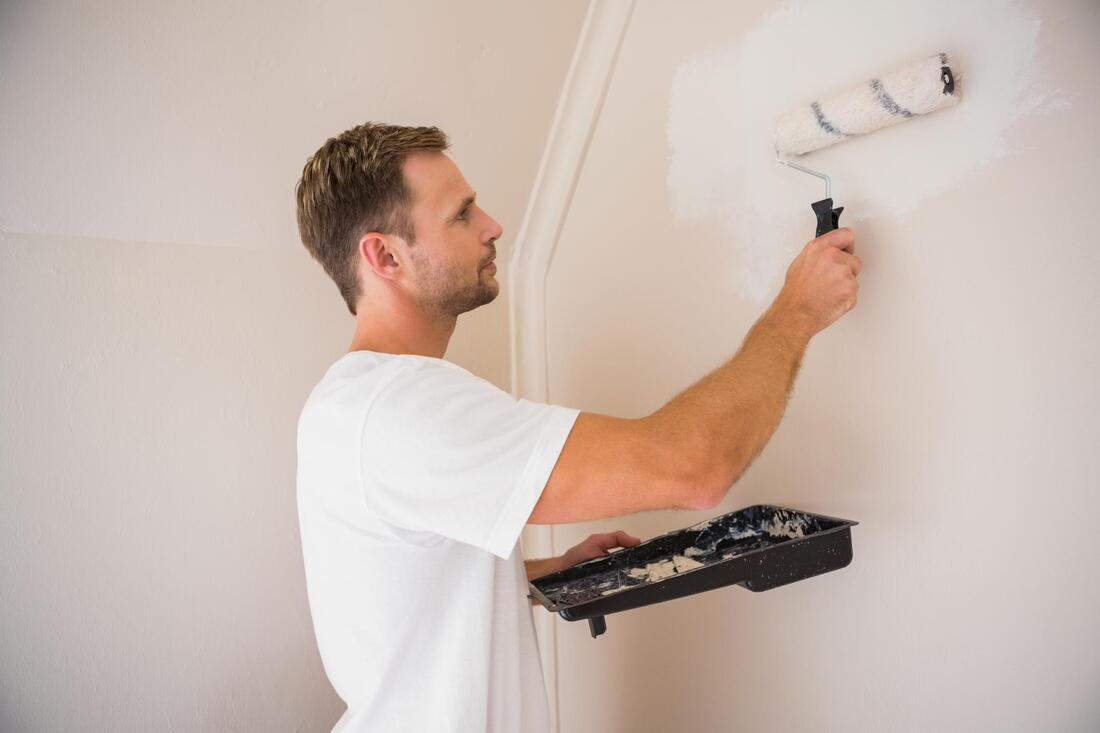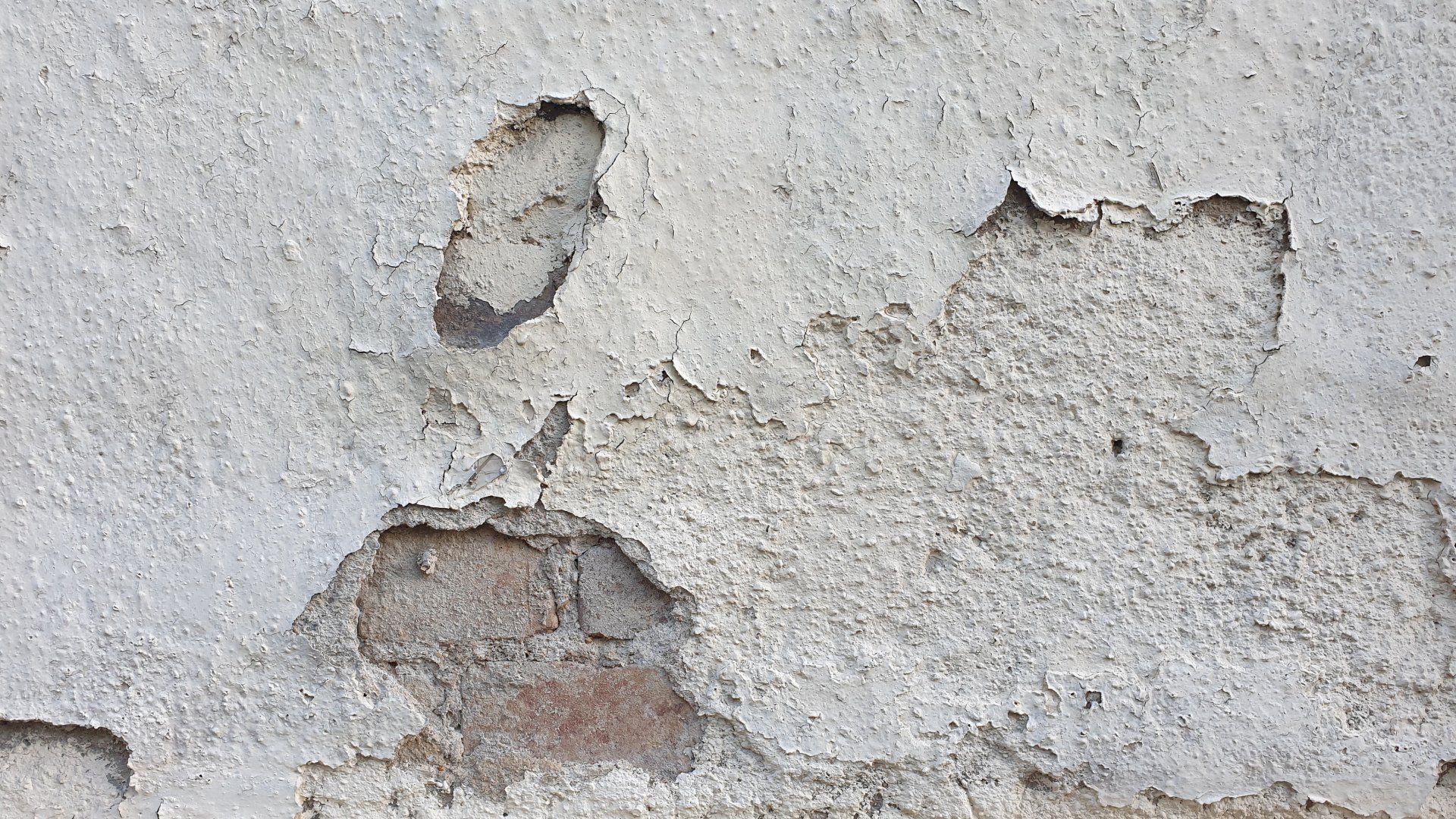How to Patch Small and Large Drywall Holes
Expert Tips for Seamless Small and Large Drywall Hole Repairs
Whether caused by an accidental bump, a door handle, or an installation gone wrong,
holes in drywall are a common household issue. Fortunately, drywall repair can be a relatively simple DIY task if you know the right methods. Whether the hole is small, such as from a nail, or large, like from a piece of furniture, different approaches are required to restore your wall to its former glory. This article will guide you through effective Drywall Hole Repair Methods for both small and large holes while incorporating practical tips from professional drywall contractors.

Why Timely Drywall Repair Matters
Before diving into the repair process, it's important to understand why addressing drywall holes quickly is crucial. Not only are holes unsightly, but they can also leave your walls vulnerable to further damage. Dust, moisture, and pests can find their way into these gaps, creating long-term issues for your home. By patching these holes as soon as possible, you protect your home’s structural integrity and keep it looking its best.
Tools and Materials Needed for Drywall Repair
Regardless of the hole size, some basic tools are required for drywall repair. Here’s a quick list:
Utility knife- Sandpaper
- Joint compound (spackle)
- Putty knife
- Drywall patch (for larger holes)
- Drywall saw (for larger holes)
- Mesh tape
- Paint (to match your wall)
Repairing Small Drywall Holes
Small holes, typically less than ½ inch in diameter, are easy to fix and can often be tackled with minimal materials. These holes might be caused by nails, screws, or small accidents.
Step-by-Step Process:
- Clean the Area: Start by cleaning the area around the hole to remove any dust or debris.
Apply Spackle: Using a putty knife, apply a small amount of spackle or joint compound to fill the hole.
Smooth the Surface: Once the compound is applied, smooth it out with the putty knife. Ensure the area is flush with the surrounding wall.
Sand Once Dry: After the compound dries, sand the area gently until it’s smooth.
Prime and Paint: Once the hole is patched, prime the area, and paint it to match the rest of the wall.
This method works well for minor drywall repairs and can be done in under an hour. If you’re not confident in your DIY skills, searching for "sheetrockers near me" can connect you with professionals who specialize in small drywall fixes.
Repairing Medium-Sized Drywall Holes
Medium holes (1–2 inches) are a bit more challenging. They may require a mesh patch and a bit more finesse. These holes are commonly caused by door handles or electrical work.
Step-by-Step Process:
- Prepare the Area: Start by removing any loose drywall or debris from the hole.
Apply Mesh Tape: Place a self-adhesive mesh patch over the hole. Make sure it covers the area entirely.
Apply Joint Compound: Spread joint compound over the mesh tape with a putty knife, feathering the edges so it blends with the wall.
Let It Dry and Sand Smooth: Once dry, sand the area until it's smooth.
Prime and Paint: As with small holes, prime and paint the patch to match the rest of the wall.
This process is a bit more complex but still manageable for most homeowners. However,
hiring local drywall companies ensures a flawless finish if you're worried about making mistakes.
Repairing Large Drywall Holes
When it comes to large holes (over 2 inches in diameter), it’s time to bring out the big guns. Large holes usually happen from accidents, moving furniture, or significant structural changes. This type of damage requires cutting out the damaged section and replacing it with a new piece of drywall. If this sounds intimidating, you can always rely on drywall services from sheetrock contractors who specialize in comprehensive repairs.
Step-by-Step Process:
- Cut Out the Damaged Area: Using a utility knife or drywall saw, cut a square around the hole. Make sure the hole is clean and squared off.
Measure and Cut a Drywall Patch: Measure the hole and cut a new piece of drywall to fit. Ensure it’s the same thickness as the existing wall.
Secure the Patch: Insert the drywall patch into the hole, using drywall screws or adhesive to secure it in place.
Apply Mesh Tape and Joint Compound: Place mesh tape over the seams and apply joint compound over the entire area, feathering out the edges.
Sand and Repeat: Once dry, sand the area and apply another coat of joint compound if necessary to ensure smoothness.
Prime and Paint: After the patch is smooth and flush, prime and paint to blend it with the rest of the wall.
Large drywall repair projects can be time-consuming, but they are necessary to restore the integrity of your wall. For professional results, many homeowners choose to call residential drywall contractors or search for sheetrockers near me to handle the job.
Drywall Hole Repair Methods: DIY vs. Hiring Professionals
While DIY methods can work well for small holes, larger holes often require the skills of experienced drywall contractors. Choosing the right method depends on the extent of the damage and your comfort level with tools and materials.
DIY for Small Holes: If the hole is small and you have basic tools, you can tackle the repair on your own.
Hire for Large Holes: Larger holes, especially those that affect the structural integrity of your wall, should be left to professionals. Sheetrock contractors have the expertise and equipment to handle large drywall repair projects effectively.
Hiring local drywall companies not only ensures the job is done right but also saves you time and effort. Plus, professionals can spot underlying issues that may need attention, such as moisture damage or insulation problems.
Finding the Right Drywall Services
If your drywall needs exceed basic repairs, it’s worth considering hiring professionals for the job. Searching for sheetrockers near me or drywall contractors will give you a list of local experts who can provide quick and efficient drywall services. Professional residential drywall contractors can handle everything from patching holes to complete drywall installation.
Working with professionals also means you get advice on long-term care for your walls, preventing future issues like cracking or moisture damage. Local drywall companies can offer services such as insulation installation, soundproofing, and even painting to give your home a complete refresh.
Conclusion
Whether you’re dealing with a small nail hole or a large gash in the wall, drywall repair can be tackled with the right tools and methods. For small and medium holes, DIY repairs are often quick and easy. However, for larger repairs, seeking the help of drywall contractors or a sheetrock contractor is recommended to ensure a flawless finish.
By knowing the
Drywall Hole Repair Methods and choosing the right approach for your project, you can keep your walls looking smooth and new. And if the task seems too daunting, don't hesitate to reach out to local drywall companies or residential drywall contractors for expert help.
For more advice and professional drywall services, you can always count on experienced professionals to restore your walls to perfect condition.
Ready to work with CHICAGO DRYWALL REPAIR?
Let's connect! We’re here to help.
Send us a message and we’ll be in touch.
Or give us a call today at 111-222-3333









